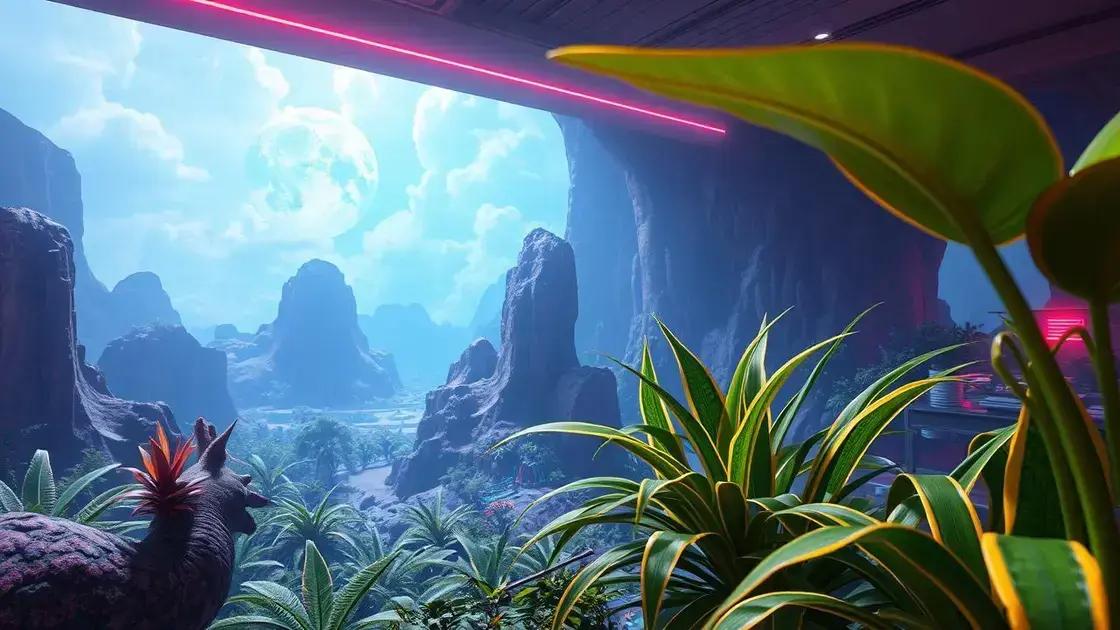How to Care for a Dracaena Plant Indoors: 5 Essential Tips to Thrive
How to care for a dracaena plant indoors? If you’ve ever seen this stunning houseplant in a friend’s living room, you might be curious about how to achieve that same lush green vibe in your own space. Caring for indoor plants doesn’t have to be complicated, especially with the right tips in hand. Keep reading to uncover the nuances of keeping your Dracaena happy and healthy, from light preferences to watering schedules.
Table of Contents
ToggleUnderstanding the light requirements for your dracaena
Understanding the light requirements for your dracaena is essential for its growth and overall health. Dracaena plants thrive in various lighting conditions, making them popular choices for indoor spaces. By providing the right light, you can ensure your Dracaena flourishes beautifully in your home.
Dracaena plants prefer bright, indirect light, although they can adapt to lower light levels. Here are some key points to consider:
- **Bright, indirect light**: Ideal for optimal growth, prevents scorching of leaves.
- **Low light tolerance**: Dracaena can survive in low light, but growth may slow.
- **Avoid direct sunlight**: Direct sunlight can burn the leaves, causing damage.
To determine the perfect lighting setup for your Dracaena, consider these factors:
- **Placement**: Position your plant near a window that gets filtered light.
- **Rotation**: Every few weeks, rotate the plant for even light exposure.
- **Monitoring**: Watch the leaves for signs of stress, such as browning edges.
Additionally, here’s a simple light requirement table for different Dracaena varieties:
| Dracaena Variety | Light Preference |
|---|---|
| Dracaena marginata | Bright, indirect light |
| Dracaena fragrans | Moderate light |
| Dracaena reflexa | Low to moderate light |
By understanding the light needs of your Dracaena, you can create a thriving indoor space. For more tips on cultivating a successful indoor garden, consider exploring indoor gardening techniques.
The best watering techniques for a thriving dracaena

The best watering techniques for a thriving dracaena are essential to maintaining the health and vibrancy of your plant. Proper watering ensures that your Dracaena receives the moisture it needs without the risk of root rot, which can occur with overwatering.
When determining your watering schedule, consider these key factors:
- **Seasonal changes**: Water less frequently in winter as the plant’s growth slows down.
- **Humidity levels**: Higher humidity may require less frequent watering.
- **Pot size**: Smaller pots dry out faster than larger ones.
Here are some effective watering techniques to adopt:
- **Check the soil moisture**: Before watering, insert your finger about an inch into the soil. Water if it feels dry.
- **Water thoroughly**: Make sure water drains out of the bottom of the pot to ensure all roots receive moisture.
- **Use room-temperature water**: Cold water can shock the roots, while warm water is more beneficial.
Below is a simple table comparing watering frequencies based on seasons:
| Season | Watering Frequency |
|---|---|
| Spring/Summer | Weekly or when soil dries |
| Fall | Every 10-14 days |
| Winter | Every 2-4 weeks |
By following these watering techniques, your Dracaena will have a more robust and healthier growth. For more insights into creating a nurturing indoor environment, consider exploring indoor gardening techniques.
Essential nutrients to ensure your dracaena flourishes
Essential nutrients to ensure your dracaena flourishes are crucial for promoting healthy growth and vibrant foliage. Like all houseplants, Dracaena requires specific nutrients that support its developmental needs. Providing the right balance of nutrients will help your plant thrive and exhibit lush green leaves.
Here are the key nutrients your Dracaena needs:
- **Nitrogen**: Promotes leafy growth and overall vigor.
- **Phosphorus**: Supports root development and enhances flowering.
- **Potassium**: Aids in water regulation and strengthens plant tissues.
- **Calcium**: Essential for cell wall structure and overall plant health.
- **Magnesium**: Vital for chlorophyll production and leaf color.
To ensure your Dracaena receives these nutrients, consider the following tips:
- **Use a balanced fertilizer**: Opt for a liquid fertilizer with equal ratios of nitrogen, phosphorus, and potassium (NPK) during the growing season.
- **Fertilize regularly**: Feed your Dracaena every 4-6 weeks during the spring and summer for optimal growth.
- **Monitor signs of deficiency**: Yellowing leaves may indicate a nitrogen deficiency, while poor root development can signal a lack of phosphorus. Address any nutrient deficiencies promptly.
Here is a nutrient requirement table for Dracaena:
| Nutrient | Function | Source |
|---|---|---|
| Nitrogen | Leaf growth | Balanced liquid fertilizer |
| Phosphorus | Root and flower development | Bone meal, fish emulsion |
| Potassium | Water regulation | Wood ash, potassium sulfate |
| Calcium | Cell structure | Gypsum, lime |
| Magnesium | Leaf color | Epsom salt, magnesium sulfate |
By incorporating these essential nutrients into your care routine, you’ll see your Dracaena thrive! For additional insights, consider exploring indoor gardening techniques.
In conclusion
Caring for your Dracaena plant involves understanding its light requirements, mastering watering techniques, and providing essential nutrients. By following these guidelines, you can create a thriving indoor environment for your plant. Remember, each Dracaena is unique, and observing its growth and condition is key to successful maintenance. For further insights and community support, check out these helpful tips on enhancing your indoor garden.

